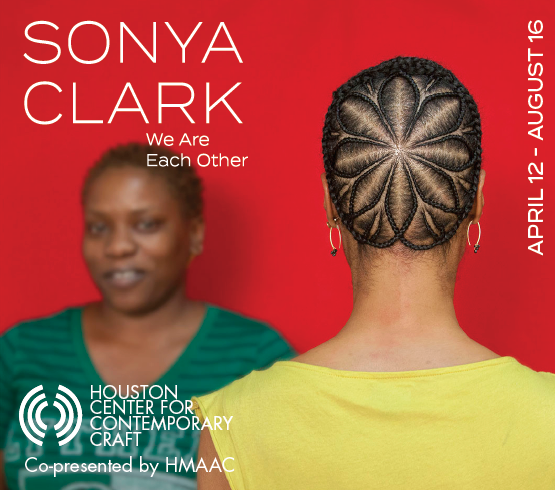“These pitiful souls being tossed to and fro in the waves among you, their stories are mine as well,” decrees the magician Prospera in the Open Dance Project’s All the Devils are Here: A Tempest in the Galapagos. This prophetic claim could also describe this world premiere production, which streams until May 31, as it unleashes a storm of movement, dance and story.
A more traditional family —Heinz and Greta Wittmer (Jaime Garcia Vergara and Brittany Thetford Deveau) — arrives next; they hope the island air will help their sickly son, Harry (Cameo Reneé). Finally, the “Baroness” Eloise Wehrborn de Wagner-Bosquet (Stacy Skolnik) and her two lovers Rudolf Lorenz (Taylor McAnulty) and Robert Philippson (Joshua de Alba) dance ashore with the intent to build a resort on the island.
All the Devils frames this true Galapagos history involving death, multiple disappearances and possible murders with one of Shakespeare’s later works. The Tempest tells the story of a magician Prospero’s political banishment to an island with only his young daughter for company. Years later, Prospero gets his revenge and the restoration of his life through his mastery of magic and with the aid of two fantastical creatures he enslaves, Caliban and Ariel.
Prospera sets the action in motion, but whether she’s merely bearing witness and providing commentary on these real-life figures, their conflicts and mysterious ends or if she’s amplifying the tension and emotions is mostly left up to the audience.
The last full length Open Dance Project show I saw, Panopticon, Arnoult cast herself as a kind of Big Brother or god-like figure who video-projects into the show, watching the dancers and audience alike. So, when early in All the Devils Prospera claims dominion over all the characters and their stories, I had to wonder (rather amused) what type of meta-commentary Arnoult might be making about the creative process. Perhaps all creators become tyrants from the perspective of their creations when moving and manipulating (a.k.a plotting) the narratives of those creations.
All the Devils uses lines from The Tempest as well as historical record and contemporary witness accounts, magically transforming the two narratives into a beautiful and monstrous new creature all its own. The company’s immersive works usually contain narrative cores, but this one does feels like a danced play.
At the same time, much of the drama is danced, not spoken. While the characters talk and soliloquize around each other, most of the couples and trios work through their love and battles with their bodies, not words. The ocean seems inspiration for some of dance work as bodies crash together, becoming kinetic tempests themselves, as they roll on the floor and move in the air. At one point, we see the entire relationship between the Baroness and her lovers depicted in a five-minute dance that portrays the devolution from loving lust to jealousy and favoritism to violence.

1 ⁄5
Dancer Joseph Stevens in All the Devils Are Here: A Tempest in the Galapagos co-presented by Open Dance Project & DiverseWorks.
All photos by Lynn Lane.

2 ⁄5
Front: Yoshi Pineda
Back: Open Dance Project Dancers
Photo by Lynn Lane.

3 ⁄5
Front: Stacy Skolnik
Back: Joshua de Alba
Background: Seth McPhail
Photo by Lynn Lane.

4 ⁄5
Left: Joshua de Alba
Center: Stacy Skolink
Right: Taylor McAnulty
Photo by Lynn Lane.

5 ⁄5
Full Ensemble of Open Dance Project Dancers
Photo by Lynn Lane.
While Prospera commands the weather within the story, composer and percussionist Kirk Suddreath creates a musical atmosphere that gives the experience the breath of dramatic life. From storms to boar hunts to incidental music for a Nietzschean monologue, the devil’s in Suddreath’s melodious details.
The two live performances were shot slightly differently, so viewing both gives some different perspectives and impressions. I’ve heard rumors that Open Dance Project might try to bring the production back to Houston in the future and allow audiences to roam through the story. If this happens, I’ll be first in line to dive once again into this tempestuous dance maelstrom.
-TARRA GAINES




